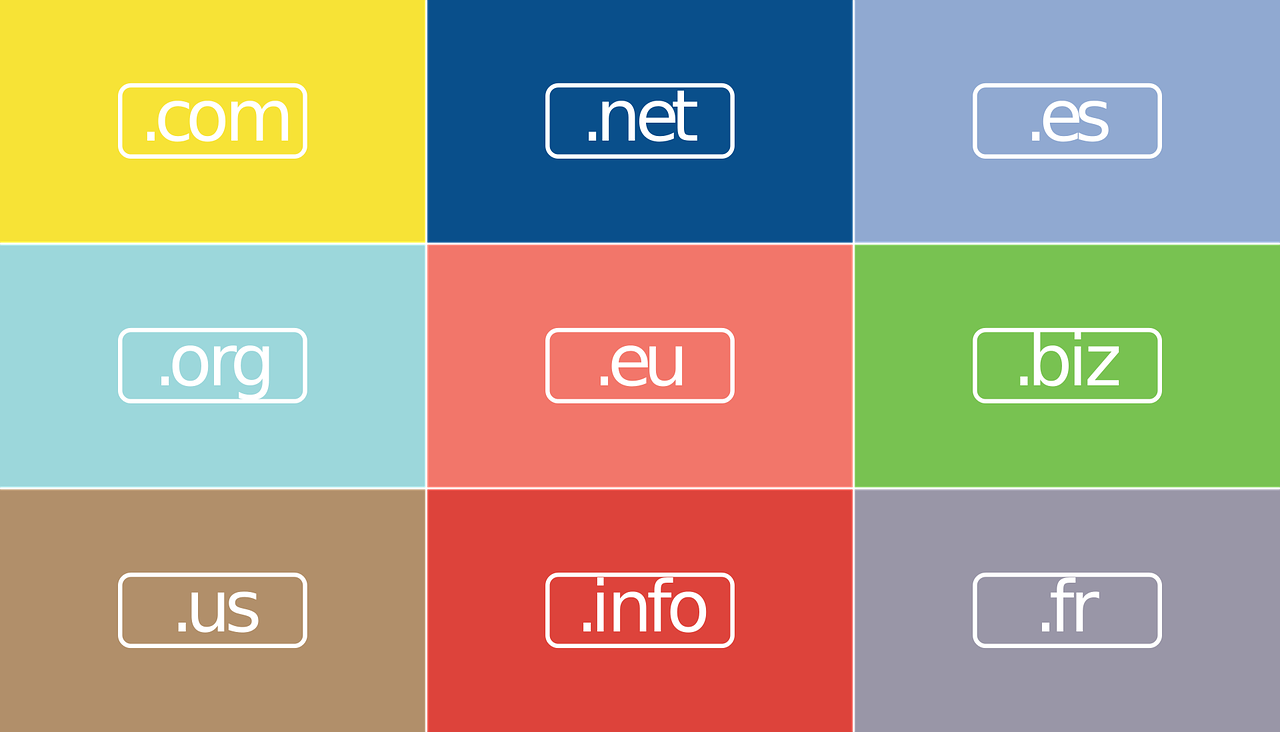I will address preventing cyber attacks with domain protection and threat takedown solutions in this post.
Cybercriminals never sleep. Every day, they launch new attacks using sophisticated techniques to steal sensitive data, disrupt business operations, and damage brand reputations. Among their most effective weapons are malicious domains that impersonate legitimate businesses, spread malware, and facilitate phishing campaigns. This growing threat landscape makes domain protection and threat mitigation strategies essential for modern organizations.
Domain-based attacks have evolved far beyond simple phishing emails. Today’s cybercriminals create entire ecosystems of fraudulent websites, mobile applications, and social media profiles designed to exploit your brand’s trust and reputation. Without proper domain protection measures in place, businesses face significant financial losses, regulatory penalties, and long-term damage to customer confidence.
Table of Contents
Understanding Domain-Based Cyber Threats
Malicious actors leverage domains in numerous ways to target organizations and their customers. Domain squatting represents one of the most common tactics, where criminals register domains similar to legitimate business names to confuse users and redirect traffic to fraudulent sites. These copycat domains often differ by just one character or use alternative top-level domains to appear authentic.
Brand impersonation through fake domains poses another significant risk. Criminals create websites that mirror legitimate company designs, logos, and content to deceive customers into sharing personal information or downloading malicious software. These sophisticated replicas can fool even security-conscious users, making them particularly dangerous for businesses with strong online presences.
Phishing campaigns frequently rely on carefully crafted domains that appear legitimate at first glance. Attackers register domains with names similar to trusted financial institutions, e-commerce platforms, or software providers, then send emails directing victims to these fake sites. Once users enter their credentials, criminals gain access to sensitive accounts and financial information.
Malware distribution through malicious domains continues to grow in sophistication. Cybercriminals host infected files on domains designed to look trustworthy, then use social engineering techniques to convince victims to download and execute these dangerous programs. Once installed, malware can steal data, encrypt files for ransom, or provide backdoor access to entire networks.
The Critical Role of Domain Takedown Solutions
Domain takedown services provide organizations with powerful tools to combat cyber threats at their source. These solutions monitor the internet continuously for suspicious domains that impersonate brands, distribute malware, or facilitate other criminal activities. When threats are identified, takedown specialists work quickly to remove or disable malicious content before it can cause significant damage.
Professional domain takedown services combine advanced monitoring technology with human expertise to identify threats that automated systems might miss. Security analysts examine suspicious domains manually to verify malicious intent and determine the most effective removal strategies. This hybrid approach ensures higher accuracy rates and reduces false positives that could impact legitimate businesses.
The speed of response makes domain takedown solutions particularly valuable. Cyber threats can cause substantial damage within hours of being deployed, making rapid identification and removal crucial for protecting business interests. Experienced takedown providers maintain relationships with domain registrars, hosting companies, and internet service providers worldwide, enabling them to act quickly when threats are discovered.
Legal expertise represents another key advantage of professional takedown services. Removing malicious domains often requires navigating complex international laws and regulations. Takedown specialists understand the legal frameworks governing domain disputes and can pursue appropriate remedies through both technical and legal channels.
Comprehensive Domain Protection Strategies
Effective domain protection requires a multi-layered approach that combines proactive monitoring, rapid response capabilities, and long-term strategic planning. Organizations must first establish comprehensive monitoring systems that track potential threats across all relevant domain spaces, including traditional websites, mobile applications, and social media platforms.
Brand monitoring should extend beyond exact domain matches to include common variations, misspellings, and alternative character sets that criminals might exploit. This includes monitoring for domains using different top-level domains, international domain names, and various forms of your brand name that could confuse customers or search engines.
Implementing robust trademark protection helps strengthen your legal position when pursuing domain takedown actions. Registered trademarks provide clear legal grounds for removing infringing domains and can accelerate the removal process through established dispute resolution procedures. Organizations should consider registering trademarks in multiple jurisdictions where they operate or have significant customer bases.
Proactive domain registration represents another effective protection strategy. By registering common variations of your brand name across multiple top-level domains, you can prevent criminals from acquiring these valuable assets. While this approach requires ongoing investment, it costs significantly less than dealing with the consequences of domain-based attacks.
Technology Solutions for Threat Detection
Modern domain protection relies heavily on sophisticated monitoring technologies that can process vast amounts of internet data in real-time. Machine learning algorithms analyze domain registration patterns, website content, and network behavior to identify potential threats before they become active attack vectors.
Threat intelligence platforms aggregate data from multiple sources to provide comprehensive visibility into emerging domain-based threats. These systems track known malicious domains, monitor for new registrations targeting your brand, and identify patterns that suggest coordinated attack campaigns. By leveraging global threat intelligence, organizations can stay ahead of evolving attack methods.
Automated scanning systems continuously monitor the internet for domains containing your brand name or other targeted keywords. These tools check newly registered domains, analyze website content for brand impersonation, and assess technical indicators that suggest malicious intent. While automated systems require human oversight for accuracy, they provide essential coverage across the vast scope of internet content.
DNS monitoring tools track how domains resolve and redirect traffic, helping identify malicious domains that might otherwise go unnoticed. By monitoring DNS changes and analyzing traffic patterns, security teams can spot indicators of compromise and potential attack infrastructure before they impact your organization.
Building an Effective Response Framework
Success in domain protection depends on having clear procedures for responding to identified threats. Organizations should establish incident response protocols that define roles, responsibilities, and escalation procedures for different types of domain-based threats. This framework should integrate with existing security operations to ensure coordinated responses across all threat vectors.
Documentation requirements play a crucial role in effective threat response. Maintaining detailed records of identified threats, response actions, and outcomes helps demonstrate due diligence to regulators and law enforcement agencies. This documentation also provides valuable intelligence for improving future response efforts and identifying emerging threat patterns.
Communication strategies must address both internal stakeholders and external customers who might be affected by domain-based threats. Internal teams need regular updates on threat status and response progress, while customers may require warnings about specific phishing campaigns or fraudulent websites targeting your brand.
Legal preparation ensures your organization can pursue appropriate remedies when domain takedown efforts face resistance. This includes maintaining relationships with specialized legal counsel, understanding relevant laws in key jurisdictions, and preparing standardized cease-and-desist templates for common scenarios.
Measuring Success and Continuous Improvement
Effective domain protection programs require ongoing measurement and optimization to maintain their effectiveness against evolving threats. Key performance indicators should track both the speed of threat identification and the success rate of domain takedown efforts. Organizations should monitor metrics such as average time to detection, takedown success rates, and the number of customers protected from malicious domains.
Regular threat assessments help organizations understand their current risk exposure and identify areas for improvement. These assessments should evaluate both the effectiveness of existing protection measures and emerging threats that might require new defensive strategies. Quarterly reviews provide opportunities to adjust monitoring parameters and update response procedures based on recent experiences.
Stakeholder feedback provides valuable insights into the real-world impact of domain protection efforts. Customer reports about suspicious domains, employee observations about potential threats, and partner intelligence about industry-wide attack campaigns all contribute to a more comprehensive understanding of the threat landscape.
Conclusion
Domain-based cyber attacks continue to pose significant risks to organizations of all sizes, but effective protection strategies can dramatically reduce these threats. By implementing comprehensive monitoring systems, maintaining rapid response capabilities, and working with experienced domain takedown specialists, businesses can protect their brands, customers, and operations from malicious domains.
The investment in domain protection pays dividends through reduced incident response costs, preserved customer trust, and maintained business continuity. As cyber threats continue to evolve, organizations that prioritize domain protection will find themselves better positioned to defend against emerging attack vectors and maintain their competitive advantages in an increasingly digital world.
Success requires commitment to ongoing vigilance, regular strategy updates, and continuous improvement based on emerging threats and lessons learned. With the right combination of technology, expertise, and organizational commitment, domain protection becomes a powerful tool for preventing cyber attacks and safeguarding business success.
INTERESTING POSTS
About the Author:
Meet Angela Daniel, an esteemed cybersecurity expert and the Associate Editor at SecureBlitz. With a profound understanding of the digital security landscape, Angela is dedicated to sharing her wealth of knowledge with readers. Her insightful articles delve into the intricacies of cybersecurity, offering a beacon of understanding in the ever-evolving realm of online safety.
Angela's expertise is grounded in a passion for staying at the forefront of emerging threats and protective measures. Her commitment to empowering individuals and organizations with the tools and insights to safeguard their digital presence is unwavering.









